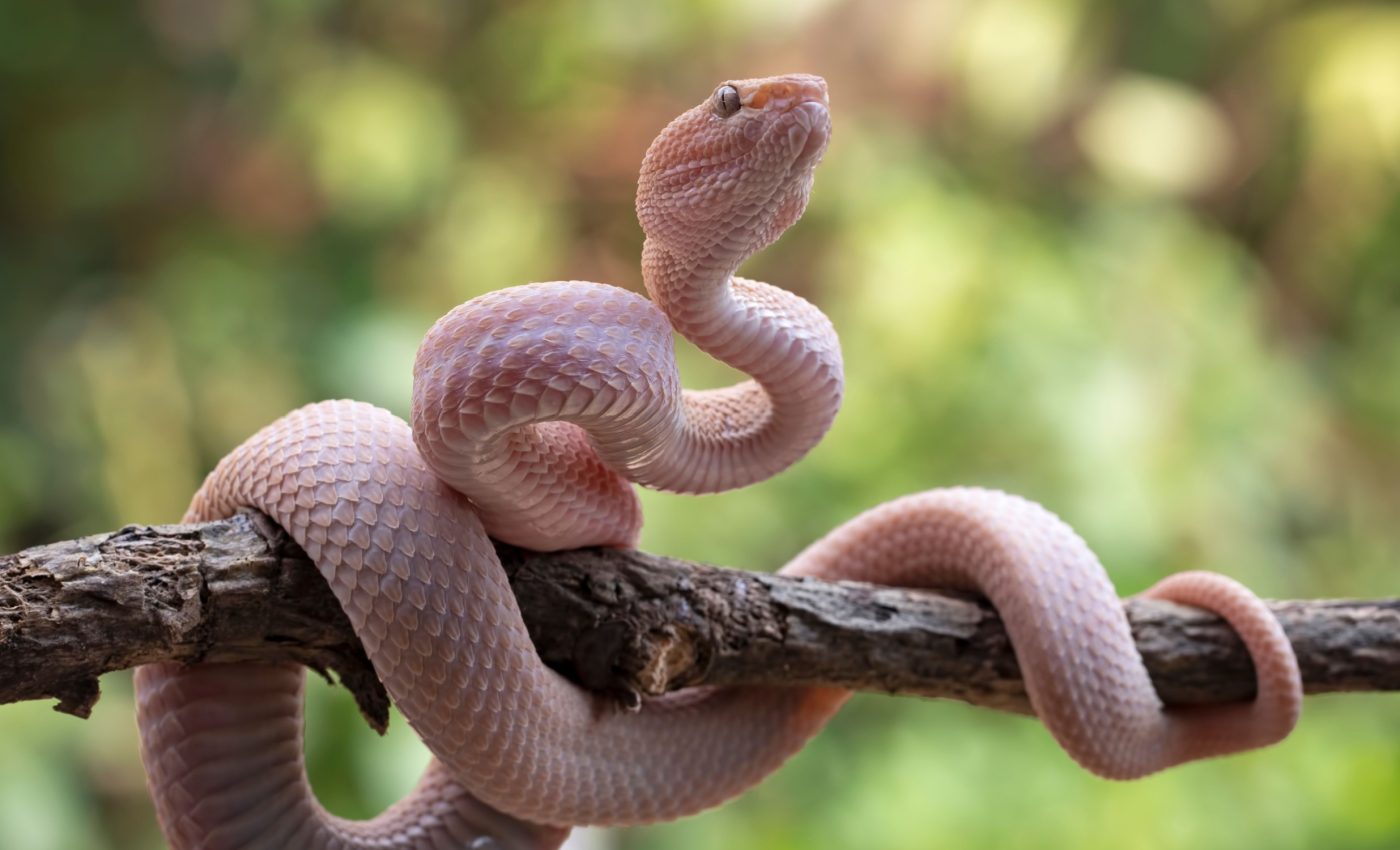
World Snake Day 2025: Protecting nature’s silent guardians
Most people don’t like snakes. Some fear them and others avoid even talking about them. Every year on July 16, the world takes a moment to pause, reconsider, and appreciate snakes.
For World Snake Day 2025, the message is clear: “Respect, Don’t Fear: Protecting Nature’s Silent Guardians.” It’s more than a catchy slogan – it’s a call to rethink everything we’ve been taught. Are snakes truly the villains we’ve made them out to be?
The ecological role of snakes
Snakes are natural rodent controllers, consuming large numbers of pests that threaten crops and spread disease.
On farms and in forests, they work silently and efficiently, reducing the need for chemical pesticides. Just one snake can eat dozens of mice in a year – a small act with a big impact on food security and human health.
Snakes are also a vital food source for predators like hawks, owls, coyotes, and foxes. If snakes vanish, these animals lose a key part of their diet – and the balance begins to unravel. Nature doesn’t function well when pieces go missing.
However, it’s easy to forget the important ecological role of snakes, especially when you come face to face with one.
The reality is that most snakes aren’t dangerous. In the United States, garter snakes and corn snakes are harmless. King snakes are also harmless, and they even eat venomous snakes.
World Snake Day 2025: Fear and myths
Movies have affected our perception of snakes. They are often depicted as monsters or bad omens, and that image sticks with us. But in reality, snakes don’t chase people, don’t plot attacks, and they’re certainly not evil.
Venomous snakes do exist – from rattlesnakes and copperheads in North America to vipers, cobras, and kraits in Asia and Africa.
While these snakes do pose risks, they generally avoid human contact and rarely bite unless threatened or provoked. Most bites occur when people try to handle, move, or harm them.
Humans are the biggest threat
Habitat loss hits snakes hard. Cities expand, forests shrink, and wetlands dry up. Roads cut through territory, and cars hit snakes crossing them. Lawns replace wild grass. Fewer places to hide means that fewer snakes survive.
Then there’s the pet trade. People catch wild snakes, stuff them into containers, and sell them online. Some die in transit, while others live in tanks that are too small, too hot, or too dry. Many do not survive these conditions for very long.
Furthermore, misinformation spreads fast. One fake video of a “deadly” snake goes viral and people panic. More snakes get killed. We don’t do this to most animals, but for snakes, fear seems like justification.
Meaning of World Snake Day
World Snake Day isn’t about loving snakes – it’s simply about respecting them. That means giving them space, learning the facts, and stopping needless harm.
Across the country, zoos and wildlife groups hold events this week. They show people how snakes behave, and some offer safe encounters. Others run online sessions, where you can ask a herpetologist questions.
These events open minds and help break down fear and misconceptions, promoting a greater appreciation for the important role snakes play in ecosystems everywhere.
Changing our perception of snakes
First, stop believing every snake is dangerous. Learn which ones live near you. In most U.S. states, for example, venomous snakes are rare and easy to identify.
If you spot a snake, stay calm and give it space to move away. If it’s in your yard and you’re concerned, contact a local wildlife organization for help. Avoid using sticks, guns, or any force.
If you know someone who still believes “the only good snake is a dead snake,” start a conversation. Sharing just one fact can be enough to change how they see snakes. You don’t have to become an expert; just stop being their enemy.
A creature that is misunderstood
Snakes have existed for over 100 million years. They’ve outlived dinosaurs. They’ve adapted, evolved, and survived major extinctions – but they might not survive us.
That’s the uncomfortable part of this story. We’re the problem, but we can also be the solution.
World Snake Day 2025 offers us a moment – not to idolize snakes or adore them without question, but to pause, gain understanding, and perhaps take steps to protect a creature that has long been misunderstood.
So next time you see a snake, remember this: it’s not out to get you. It’s just trying to live its quiet, necessary life.
—–
Like what you read? Subscribe to our newsletter for engaging articles, exclusive content, and the latest updates.
Check us out on EarthSnap, a free app brought to you by Eric Ralls and Earth.com.
—–













